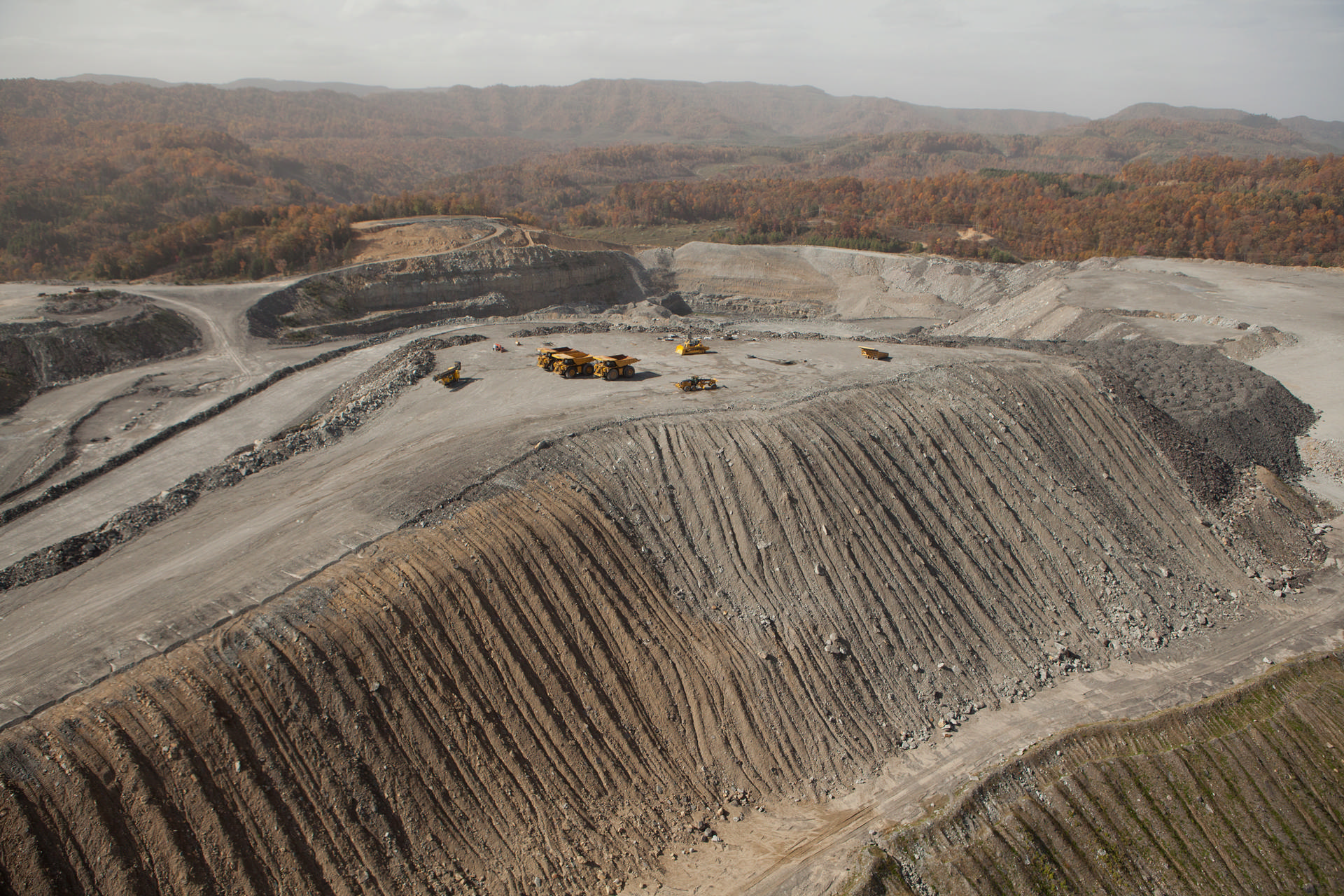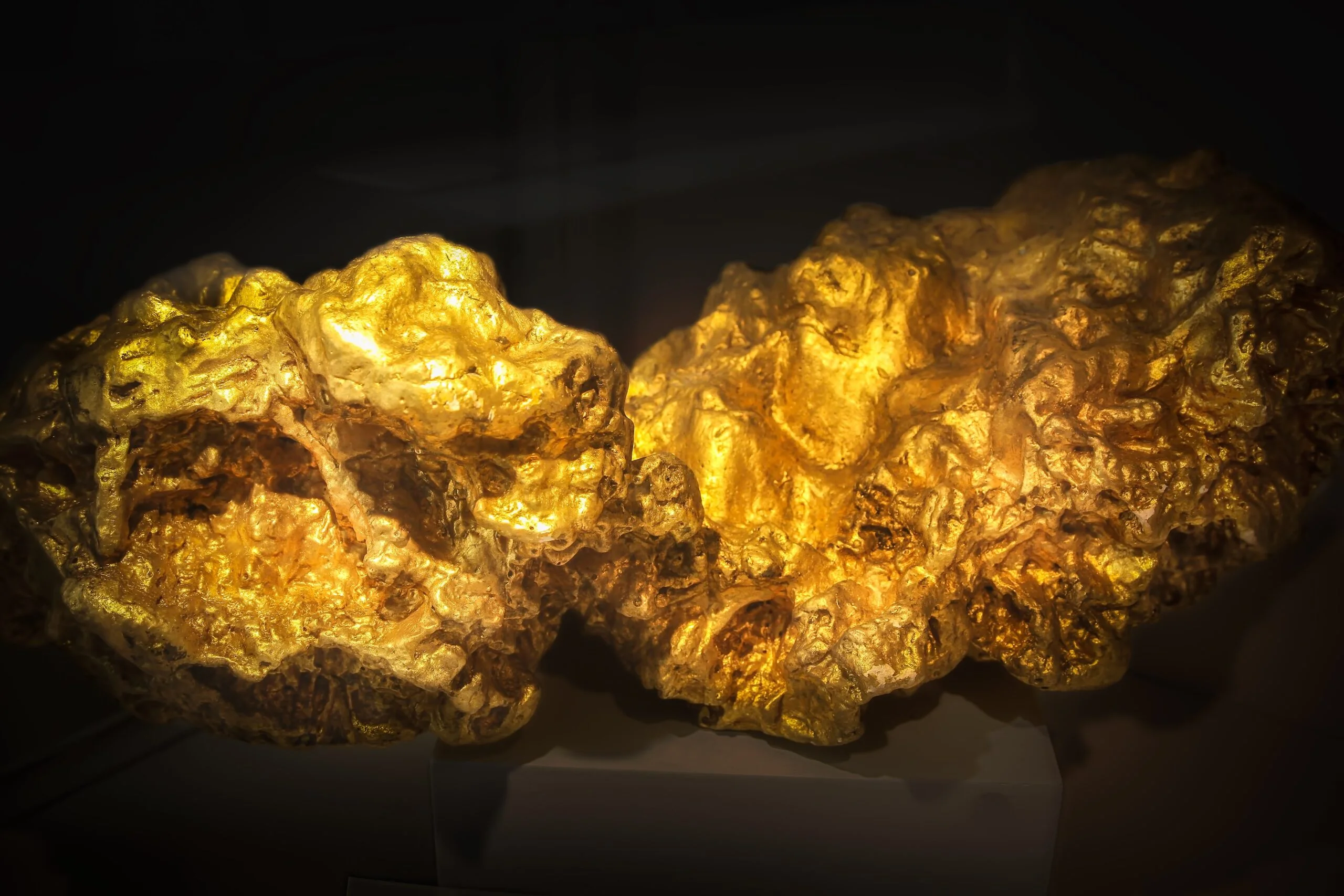Mountaintop removal mining (MTR) is a form of surface mining that involves the extensive removal of mountain tops to access coal seams located beneath. This method, while effective in extracting large amounts of coal quickly and cost-effectively, has sparked significant environmental and social controversies. This article explores the techniques used in mountaintop removal mining, its impacts, and the ongoing debates surrounding its practice.
What is Mountaintop Removal Mining?
Mountaintop removal mining is primarily used in the Appalachian region of the United States, particularly in states like West Virginia, Kentucky, and Virginia. The process involves blasting away the summits of mountains to expose underlying coal deposits. The resulting debris, known as “overburden,” is typically deposited into nearby valleys, a practice referred to as “valley fill.”
Techniques Used in Mountaintop Removal
- Site Preparation: Before mining begins, the area is surveyed and assessed for coal deposits. Vegetation and topsoil are cleared to prepare for blasting.
- Blasting: Large quantities of explosives are used to fracture the rock and soil above the coal seams. This process creates significant air blast and noise, along with the release of dust and particulate matter.
- Excavation: Heavy machinery, including draglines and excavators, is employed to remove the blasted material and extract the coal.
- Valley Fill: The excess material from the mountaintop is deposited into nearby valleys, often burying streams and disrupting local ecosystems.
- Reclamation: After mining operations cease, companies are required to reclaim the land. This may involve reshaping the landscape, reintroducing vegetation, and attempting to restore ecosystems, although effectiveness can vary.
Environmental Impacts
Mountaintop removal mining has profound and lasting environmental consequences:
- Habitat Destruction: The removal of entire mountaintops devastates local ecosystems, leading to habitat loss for wildlife and plant species.
- Water Quality Degradation: The practice often results in sedimentation and pollution of nearby streams and rivers, adversely affecting aquatic life and water quality for surrounding communities.
- Erosion and Landslides: Altering the landscape increases the risk of erosion and landslides, posing hazards to both human settlements and natural ecosystems.
- Air Pollution: Dust generated during blasting and mining operations can lead to respiratory problems for nearby residents and contribute to broader air quality issues.
Social and Economic Considerations
While proponents of mountaintop removal argue that it provides economic benefits through job creation and energy production, the social implications are complex:
- Health Risks: Communities near MTR sites often report higher rates of health problems, including respiratory issues and other illnesses linked to air and water pollution.
- Cultural Impact: The destruction of mountains that hold cultural and historical significance to local communities raises concerns about loss of heritage.
- Economic Dependency: Many communities have become economically dependent on coal mining, which can create resistance to transitioning to more sustainable energy sources.
Controversies and Advocacy
Mountaintop removal mining has become a focal point for environmental activism. Many organizations, including the Sierra Club and Appalachian Voices, advocate against MTR due to its detrimental effects on the environment and local communities.
Opponents argue for the following:
- Sustainability: Advocates emphasize the need for transitioning to renewable energy sources, reducing reliance on coal, and promoting sustainable economic development.
- Regulatory Reforms: Many activists call for stricter regulations on mining practices to protect ecosystems and communities.
- Restoration Efforts: There are ongoing discussions about the need for effective restoration practices that genuinely rehabilitate the environment after mining operations.
The Future of Mountaintop Removal Mining
The future of mountaintop removal mining remains uncertain. As public awareness of environmental issues grows and the demand for cleaner energy sources increases, the viability of MTR is increasingly questioned. Regulatory changes and community pushback may lead to a decline in the practice.
In recent years, some coal companies have started to shift toward more sustainable practices, recognizing the need for change in the face of environmental and social pressures. However, transitioning away from mountaintop removal mining will require significant investment in alternative energy sources and economic diversification for affected communities.
Conclusion
Mountaintop removal mining is a controversial and impactful method of coal extraction that has significant environmental, social, and economic implications. While it provides a short-term solution for energy needs and economic development, the long-term consequences raise critical questions about sustainability and the preservation of natural resources. As society grapples with the transition to cleaner energy, the dialogue around mountaintop removal will play a crucial role in shaping the future of mining practices and environmental stewardship in affected regions.



